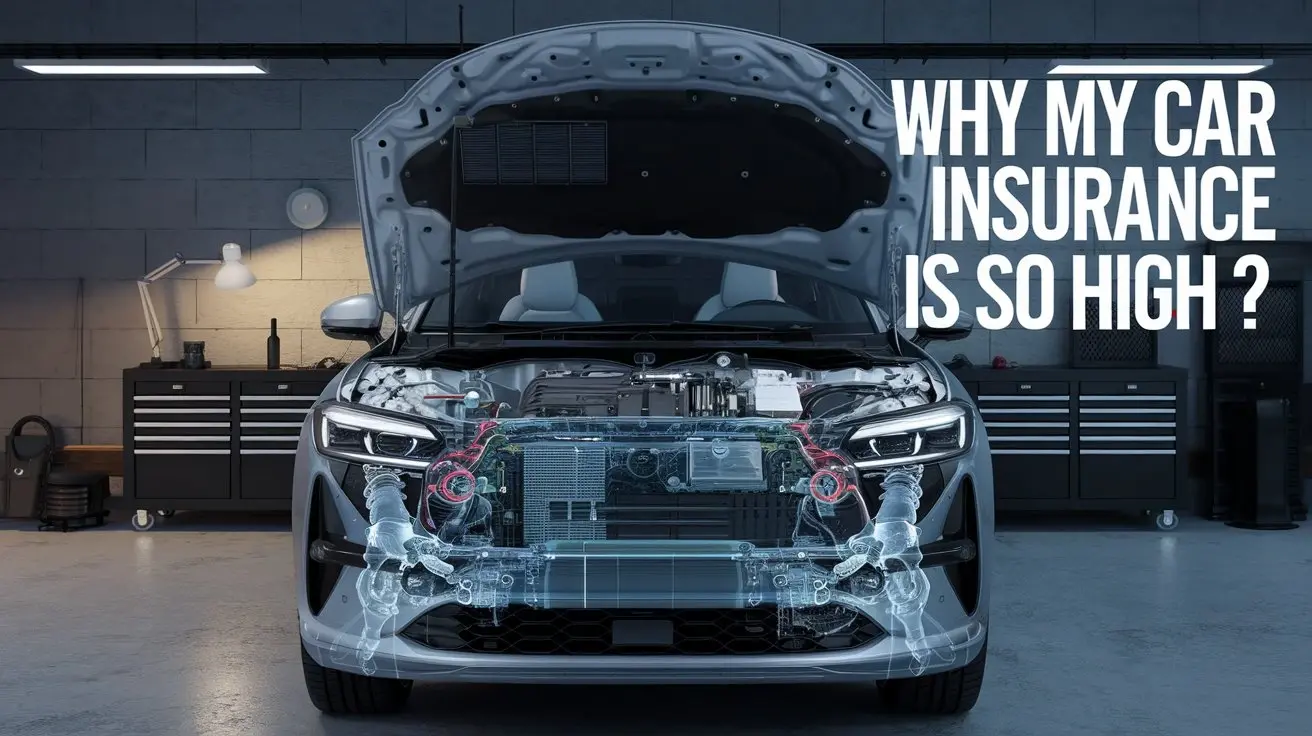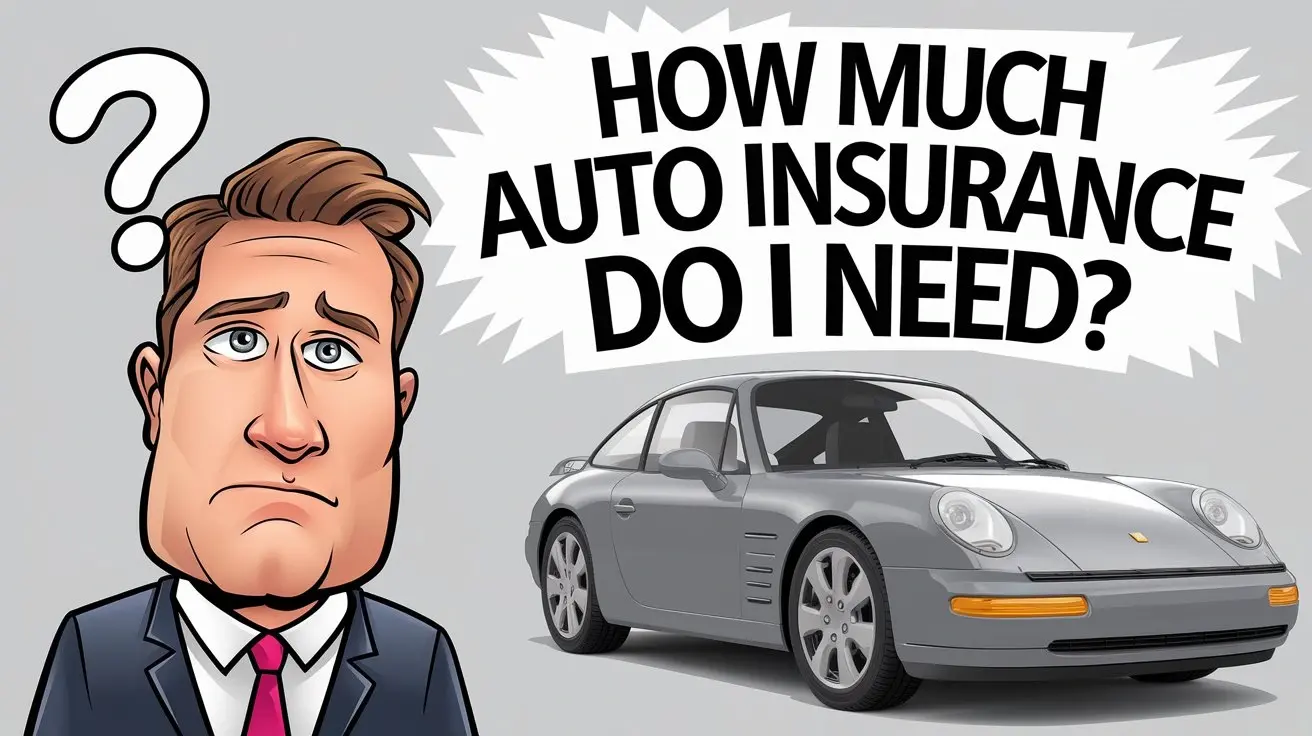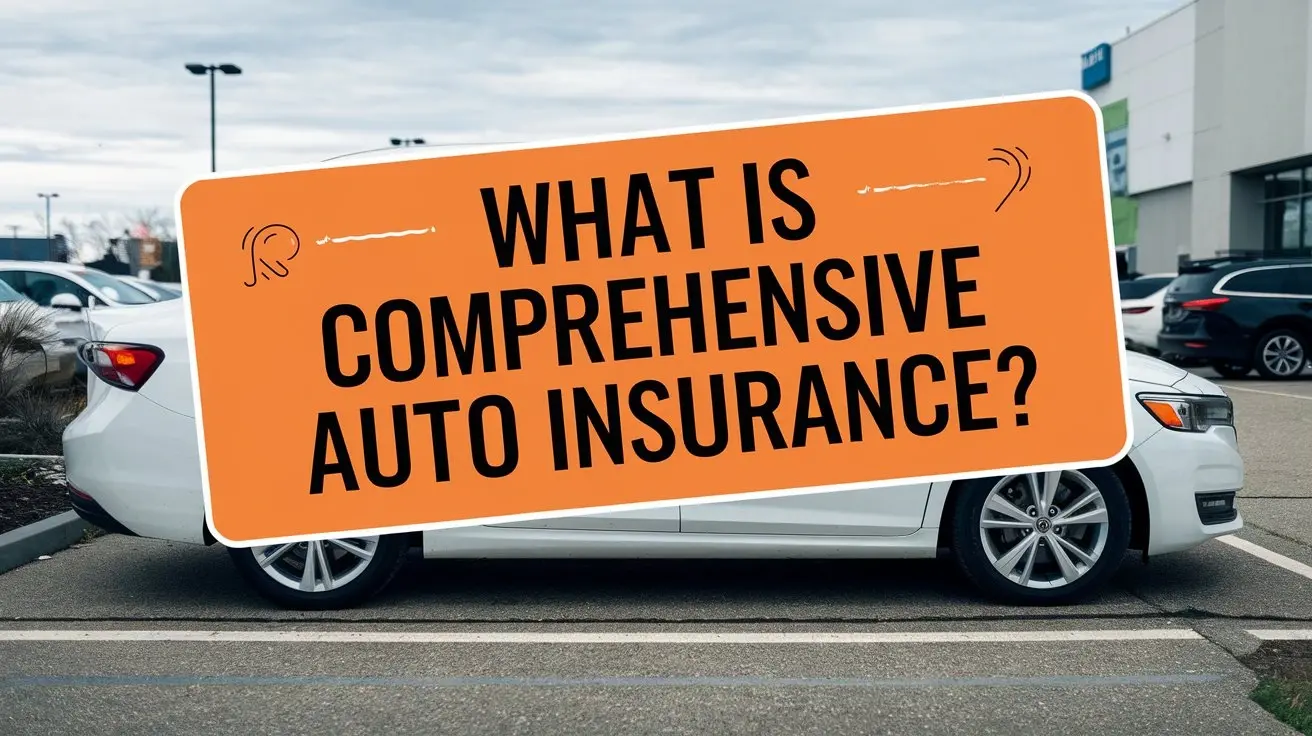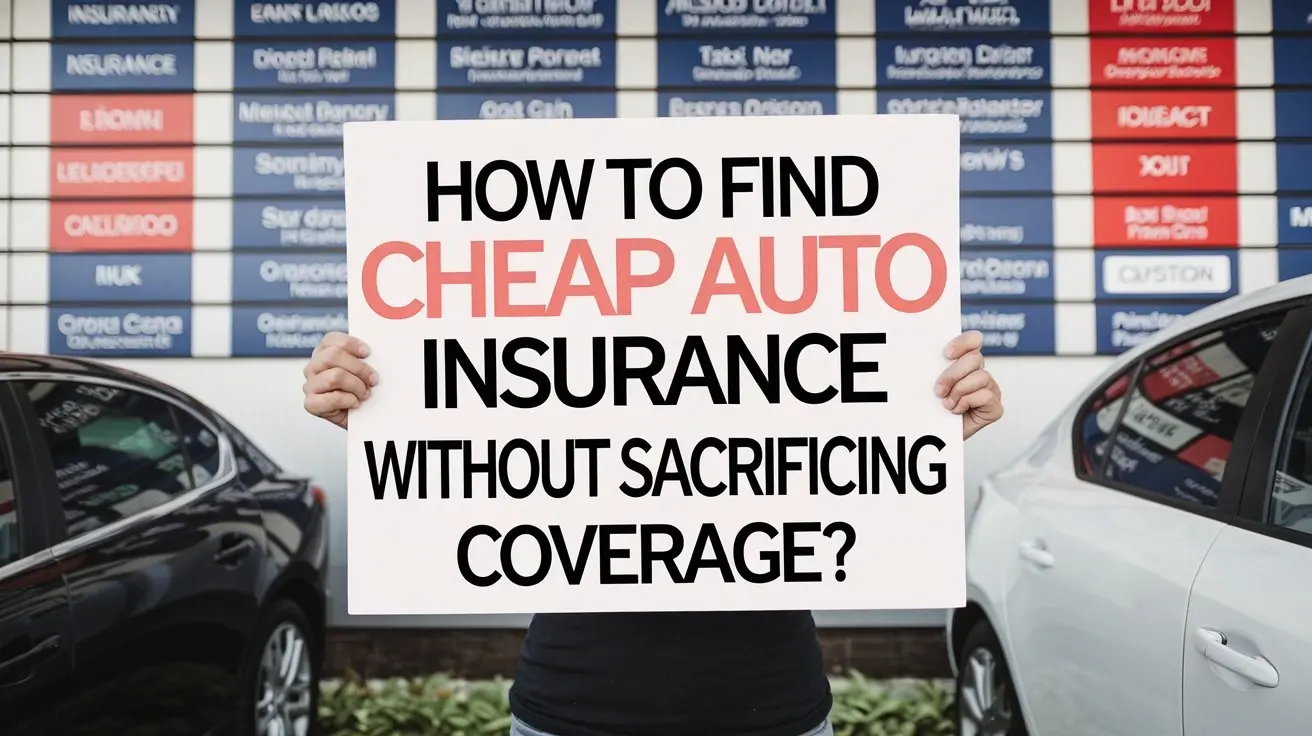09
Mar
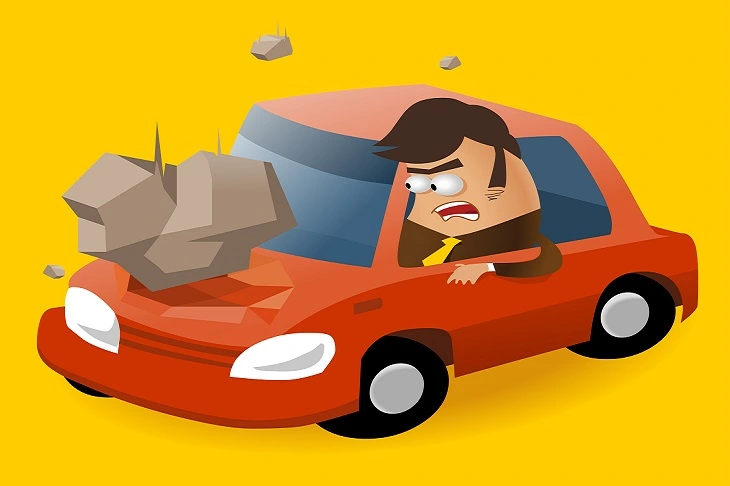
What is High-risk auto insurance?
Do you find yourself paying exorbitant amounts for car insurance? Have you been labeled a high-risk driver? If you're confused about what high-risk auto insurance is and how it affects you, you've come to the right place. In this blog post, we'll break it down in simple terms so you can make more informed decisions about your auto insurance.
What High-Risk Auto Insurance?
High-risk auto insurance is coverage designed for drivers who insurers perceive to be more likely to file a claim or cause an accident. Certain factors such as a poor driving record, DUI convictions, or poor credit score can categorize a driver as high-risk. This type of coverage provides the same benefits as standard auto insurance, but with higher premiums and fewer providers willing to insure them. High-risk auto insurance is necessary for drivers who cannot get traditional coverage, and it serves as a way for the insurer to manage their risk. Drivers categorized as high-risk should take steps to improve their driving record, credit score, and financial stability to try to return to a standard auto insurance policy. Becoming a better driver and avoiding violations will ultimately result in lower insurance rates.
Top Factors That Determine High-Risk Drivers
Several factors can determine if someone is considered a high-risk driver by insurance companies. The most significant contributing factor is a history of at-fault accidents or speeding tickets. A DUI offense or multiple traffic violations can also lead to this classification. Some insurers also assess risk based on factors like age, gender, and credit score. Young and senior drivers are often considered high-risk because they lack driving experience or may experience slower reaction times. It's important to note that different insurers have their own criteria for determining a high-risk driver. If an individual is classified as such, they may need to purchase high-risk auto insurance, which can be more expensive and provide less coverage. However, there are ways for high-risk drivers to improve their standing and potentially lower their insurance premiums.
Why do High-Risk Drivers Require Special Insurance Coverage?
High-risk drivers require special insurance coverage because they are more likely to cause accidents, which can result in costly claims for insurance companies. The higher risk associated with these drivers also means that standard insurance policies may not provide adequate coverage. Specialized high-risk auto insurance policies offer increased protection against potential losses, such as liability claims or damages to the vehicle. Insurance companies also use special coverage to offset the increased risk and potential financial losses associated with high-risk drivers. In this way, high-risk insurance coverage protects both the policyholder and the insurance provider from financial ruin in the event of an accident.
How High-Risk Auto Insurance Differs from Standard Coverage?
High-risk auto insurance is significantly different from the standard coverage. While standard coverage is aimed at individuals with good driving records, high-risk auto insurance is designed for those who are more likely to get into accidents and file claims. As a result, high-risk drivers may have to pay higher premiums and adhere to more stringent policy requirements. For example, high-risk auto insurance may have lower coverage limits, fewer optional coverages, or a higher deductible. Additionally, insurance providers may require high-risk drivers to install monitoring devices or complete defensive driving courses as part of their coverage. Overall, high-risk auto insurance is a necessary option for those who have negative marks on their driving records or are considered high-risk drivers.
Types of High-Risk Drivers
High-risk drivers come in different types, and it's essential to understand these categories to determine the right insurance coverage. Some of the most common types of high-risk drivers include those with DUI records or multiple traffic violations, teenagers, and senior citizens with inadequate driving records. Individuals who have had their licenses suspended or revoked due to accidents or serious traffic offenses also fall into this category. Additionally, drivers who don't have a long history of driving or those with poor credit scores may qualify as high-risk drivers. Understanding these categories can help drivers take appropriate steps to improve their driving records and potentially reduce their insurance costs.
Consequences of Being a High-Risk Driver
Being labeled as a high-risk driver can come with numerous consequences, including higher premiums and limited insurance options. Auto Insurance companies perceive these drivers as more likely to file a claim and thus charge higher premiums to mitigate that risk. This additional cost can put a significant strain on a driver's budget, potentially limiting their ability to afford the necessary coverage. Additionally, high-risk drivers may have fewer options when it comes to finding an insurance provider. Many insurers will not cover these drivers, meaning they may have to settle for coverage that is less comprehensive or that carries higher premiums. It can also take several years for high-risk driver to improve their standing and regain access to standard coverage, meaning they may be stuck with higher premiums for an extended period of time. However, there are steps that high-risk drivers can take to reduce their risk, including taking defensive driving courses or limiting their time on the road, which may eventually lead to more favorable rates.
How High-Risk Drivers Can Improve Their Standing?
High-risk drivers can take steps to improve their standing and lower their insurance premiums. One way to do this is to take a defensive driving course to improve their driving skills. Additionally, being a safe driver and avoiding traffic violations, accidents, and DUI/DWI convictions can significantly lower the driver's risk assessment. High-risk drivers should also maintain continuous insurance coverage, as policy lapses could result in further rate increases. By demonstrating responsible driving habits and maintaining good standing, high-risk drivers may gradually improve their insurance status and earn better coverage options.
High-Risk Auto Insurance Costs and Coverage Limits
High-risk auto insurance comes with higher costs compared to standard auto insurance policies. The coverage limits also tend to be lower for high-risk drivers. The cost of high-risk auto insurance depends on various factors such as the driver's age, driving record, and type of vehicle. However, higher rates do not mean that drivers cannot find affordable coverage. USAA provides the cheapest high-risk auto insurance, with an average cost of $1,389. Other insurance providers for high-risk drivers include Coachman Insurance, Echelon Insurance, and Economical Insurance. When shopping for high-risk auto insurance, it's crucial to compare rates and coverage limits to find the best deal. Despite the high cost, high-risk drivers can still obtain auto insurance coverage and drive legally on the roads.
Top High-Risk Auto Insurance Providers
According to research, the top high-risk auto insurance providers include The General, State Farm, Geico, Nationwide, Allstate, USAA, Progressive, and American Family Insurance. These companies offer coverage specifically designed for high-risk drivers, taking into account their driving history and other factors. Among these providers, State Farm consistently offers the best deals for high-risk drivers. Geico, on the other hand, consistently offers the lowest rates. It is important for high-risk drivers to consider their options carefully and compare quotes from multiple providers to find the best coverage and rates. Additionally, working to improve driving habits and maintaining a clean record can ultimately help reduce the need for high-risk auto insurance in the long run.
Alternatives to High-Risk Auto Insurance
While high-risk auto insurance may be the only option for some drivers, there are a few alternatives worth considering. One option is shopping around for quotes from multiple insurance companies to find the best rate. Additionally, some insurance providers offer programs for drivers to improve their driving skills and lower their risk status. There are also usage-based insurance plans, which offer discounts to drivers who demonstrate low-risk behavior through monitoring devices. In some cases, drivers may also be eligible for discounts on their insurance premiums through employer or organization affiliations. However, it's important to note that these alternative options may not always be available or provide adequate coverage for high-risk drivers. It's recommended that drivers consult with a trusted insurance advisor to determine the best course of action.
Conclusion
High-Risk Auto Insurance is a type of insurance policy that provides coverage for drivers who have been deemed to be high-risk by their insurance provider. These drivers may have had multiple accidents or traffic violations or may be considered a higher risk due to other factors such as age, gender, or credit score. High-Risk Auto Insurance can help protect these drivers from financial losses in the event of an accident. It can also provide peace of mind knowing that they are covered in the event of an accident. With this type of insurance, drivers can be sure that they are adequately protected and that their premiums will not skyrocket if they are involved in an accident.
Call on (888) 666-1005 & for the best High-Risk Auto Insurance at the best premiums.
